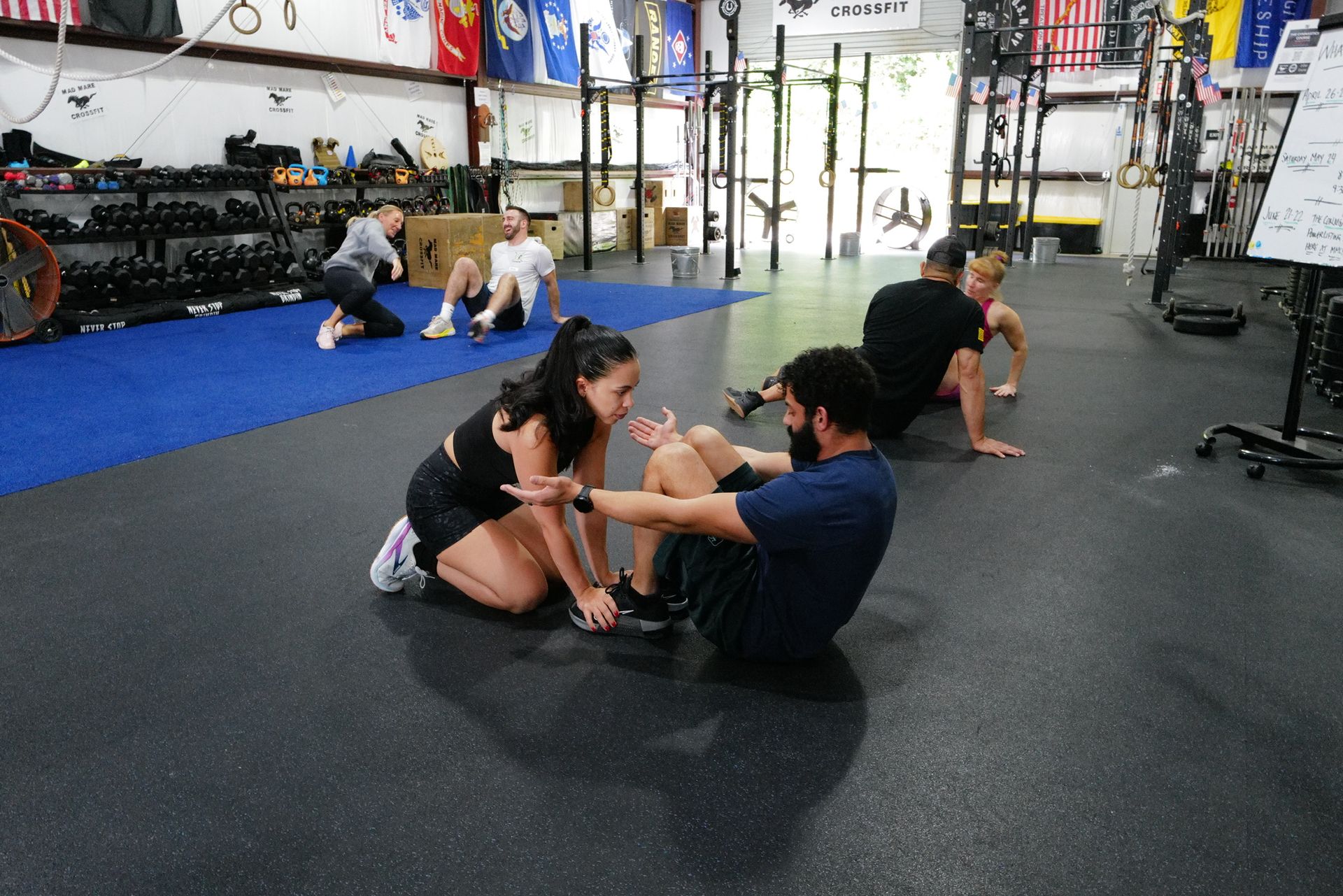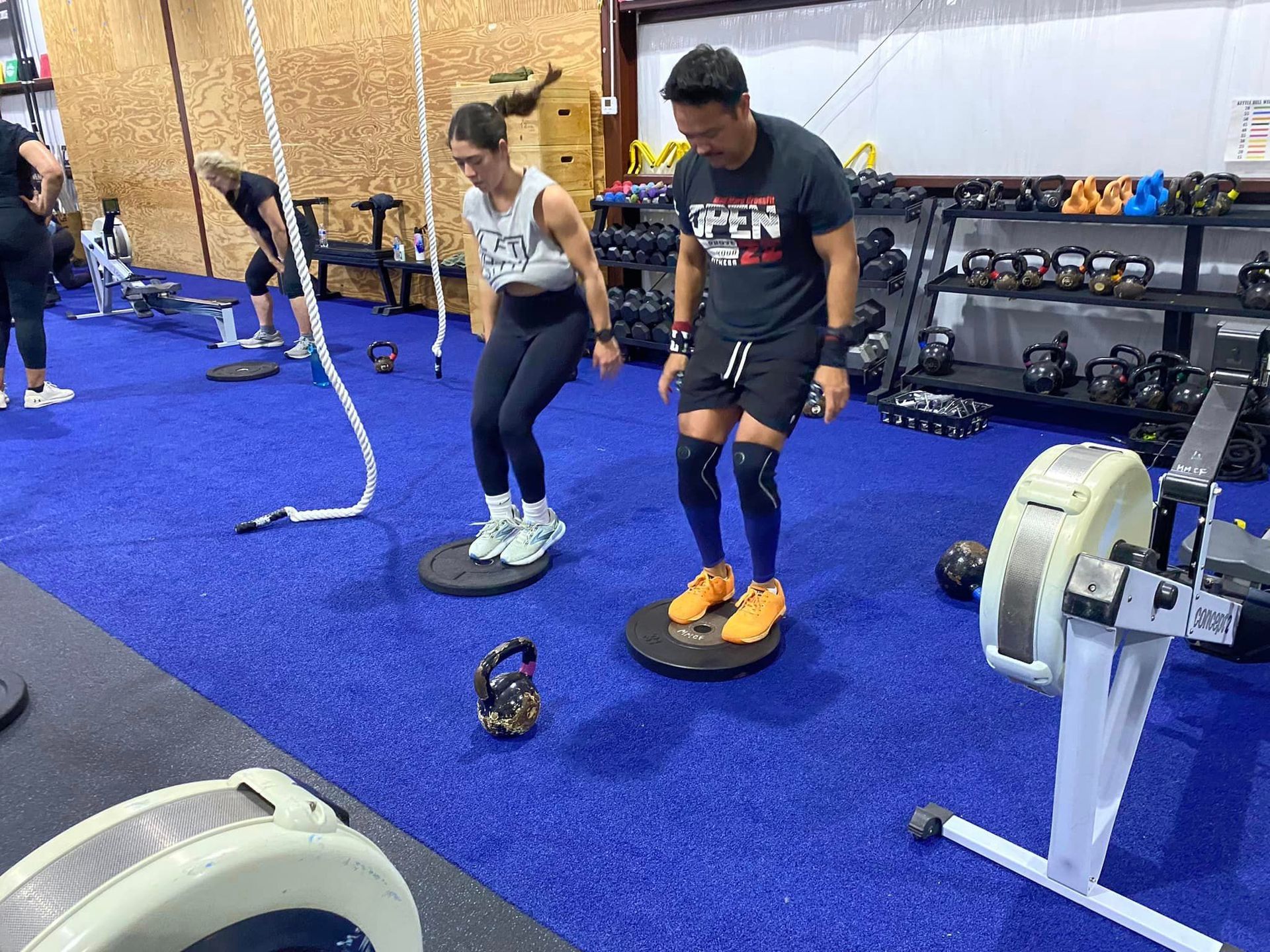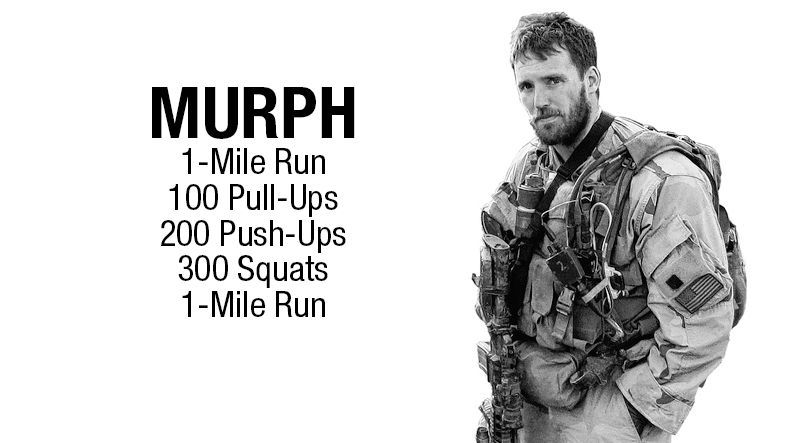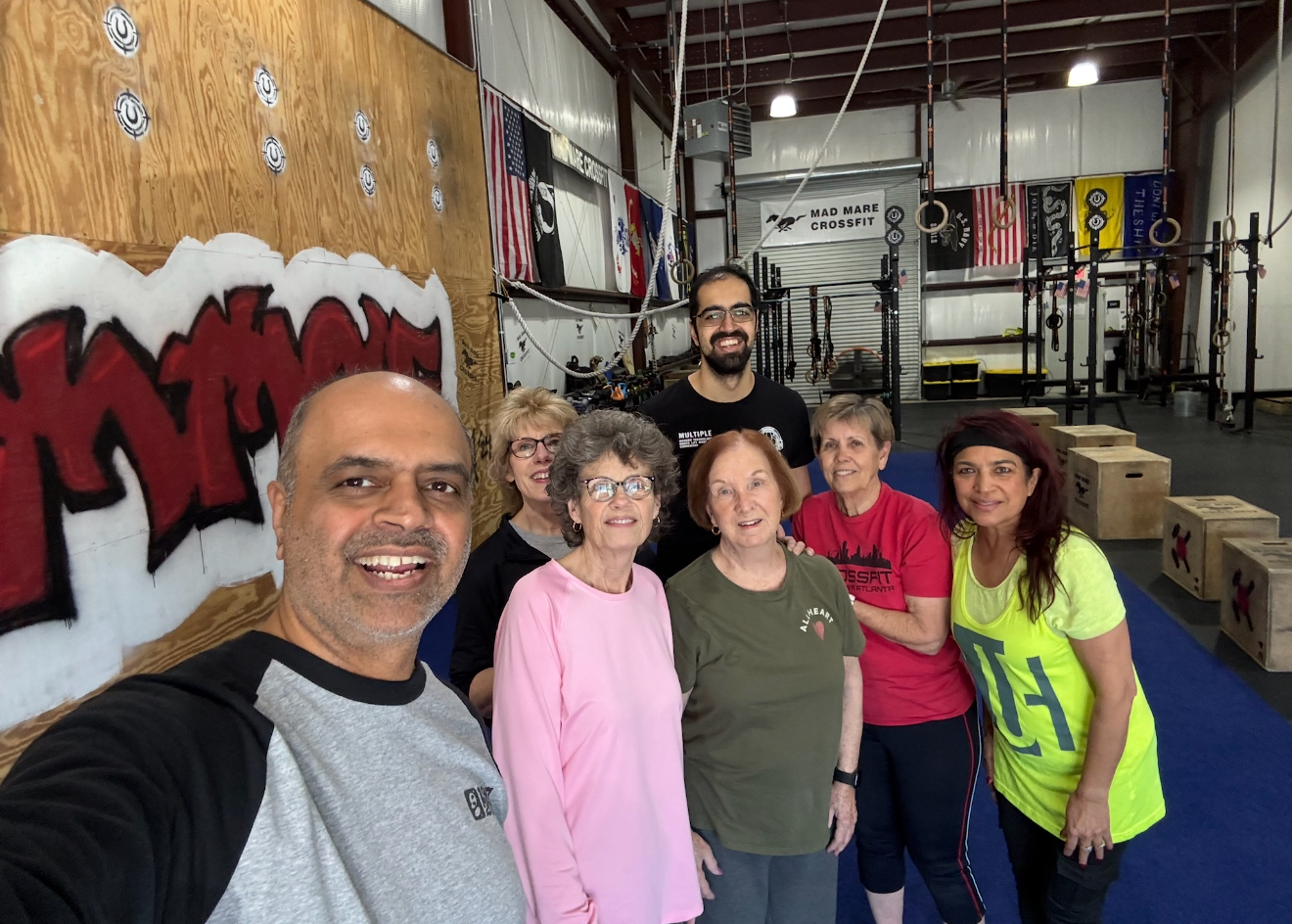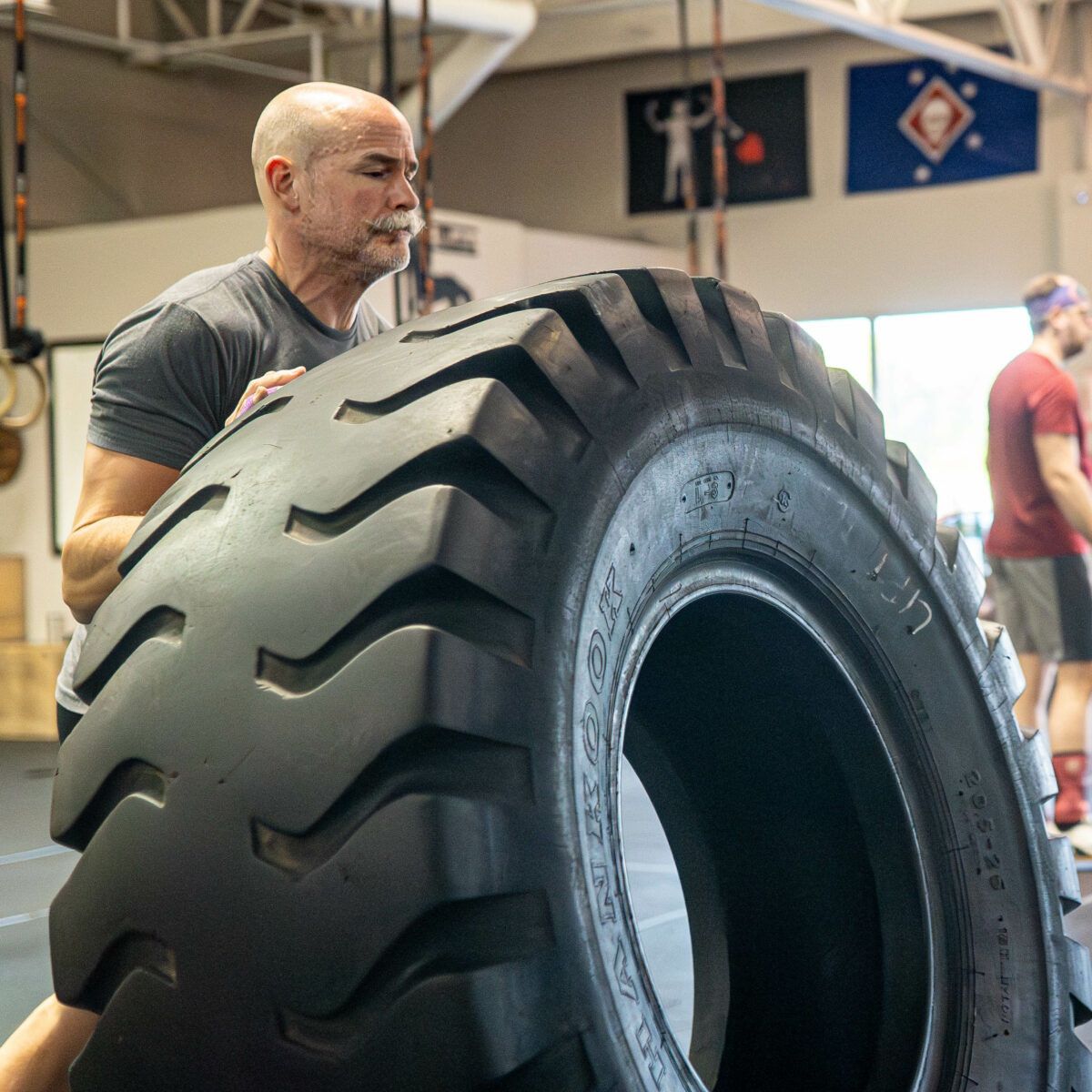Understanding Zone Training
Understanding Zone Training: Myths, Realities, and How to Use It Wisely
When it comes to optimizing your workouts and reaching your fitness goals, understanding how hard your body is working can be just as important as knowing what movements you’re doing. This is where zone training comes into play. Originally developed for endurance athletes, zone training uses your heart rate to guide the intensity of your workouts. It’s now commonly found in mainstream fitness programs, smartwatches, and boutique fitness studios. But with its growing popularity has come a fair amount of confusion and misinformation.
In this blog, I'm going to try to simplify what heart rate zones are, what they can (and can’t) tell you, and how to decide if zone training is a smart tool for your personal fitness journey.
What Is Zone Training?
Zone training is a method of structuring cardiovascular exercise based on intensity, measured by heart rate. Your heart rate is typically expressed as a percentage of your maximum heart rate (HRmax), which is often estimated with the formula:
220 minus your age = estimated HRmax
From there, your heart rate is segmented into five (sometimes six) zones:
Zone 1 - roughly 50–60% of HRmax / Very light Active recovery, warm-ups
Zone 2 - roughly 60–70% of HRmax / Light Fat burning, aerobic base building
Zone 3 - roughly 70–80% of HRmax / Moderate Improved endurance, heart efficiency
Zone 4 - roughly 80–90% of HRmax / Hard Improved anaerobic threshold
Zone 5 - roughly 90–100% of HRmax / Very hard Max performance, power output
Each zone engages different energy systems and offers different physiological benefits. For example, Zone 2 helps build long-term aerobic capacity, while Zone 4 and 5 target speed, power, and high-intensity performance. I continuously use the word "roughly" and "approximately" because Zone Training is NOT an exact science. Everyone's body reacts differently, and HR monitors are only so accurate. Also, our "HRmax" is an approximation as well. As you can see from the equation above, it's "estimated". Besides, we always tell each other that "age is just a number", no?
The Myths of Zone Training
Despite its usefulness, zone training is often misunderstood — especially when used outside of its original endurance-sport context. Let’s break down some of the most common myths:
❌ Myth #1: Zone training is the best system for everyone
While heart rate zones are a solid tool for endurance athletes, they’re not universally applicable. Powerlifters, CrossFit athletes, or those training for muscular hypertrophy won’t gain much from tracking heart rate alone. Reality: Zone training is a tool, not a universal solution. It works best when applied to specific goals like improving aerobic fitness, stamina, or endurance — not necessarily when chasing strength or muscle mass.
❌ Myth #2: The “fat-burning zone” is the most efficient way to lose fat
This is probably the most popular misunderstanding in commercial fitness. Yes, Zone 2 uses fat as a primary fuel source, but that doesn’t mean it’s the best for fat loss. Reality: Higher zones (3–5) burn more total calories, and it’s total energy balance that matters for fat loss—not which fuel source your body uses during exercise.
❌ Myth #3: The higher the zone, the better the workout
People often think that if their heart rate isn’t sky-high, they’re not working hard enough. But that’s simply not true. Reality: High-intensity work has its place, but overusing Zones 4–5 can lead to burnout, elevated cortisol, and injury. Elite endurance athletes spend 70–80% of their training time in Zone 2 to build a solid aerobic base. Your body needs variety to adapt and grow.
❌ Myth #4: Your heart rate is a perfectly accurate measurement of effort
Heart rate is influenced by many factors: stress, hydration, caffeine, sleep, heat, even time of day. Reality: While useful, heart rate is just one piece of the puzzle. RPE (Rate of Perceived Exertion), breathing rate, and movement quality are also key indicators of intensity and recovery needs.
❌ Myth #5: Zone training replaces strength training
Since it’s focused on cardiovascular intensity, zone training doesn’t stimulate muscle growth or bone density the way lifting does. Reality: For well-rounded fitness, you still need resistance training, mobility work, and proper recovery. Zone training supports your goals—it doesn’t cover all of them.
Real Benefits of Zone Training
Zone training has legitimate value when applied correctly. Here’s what it can do well:
✅ Improve aerobic efficiency
Zone 2 training increases mitochondrial density and teaches your body to burn fat more effectively during exercise.
✅ Prevent overtraining
By mixing lower-intensity days with hard intervals, zone training can help avoid the all-too-common trap of “going hard every day,” which often leads to fatigue or injury.
✅ Help with pacing
Especially in endurance sports or longer CrossFit workouts, heart rate feedback can keep athletes from burning out too early in a session.
✅ Monitor cardiovascular progress
Over time, if you’re able to perform more work while staying in a lower heart rate zone, it’s a clear sign that your aerobic fitness is improving.
Should You Use Zone Training?
Whether or not zone training is right for you depends on your goals.
Great candidates include:
- Runners, cyclists, rowers, triathletes
- CrossFit athletes seeking better aerobic capacity for long metcons - remember, CrossFit is WAY more than just aerobic capacity
- General fitness clients looking to improve stamina or heart health
Zone training becomes especially effective when paired with a strength program, smart nutrition, and adequate recovery.
Maybe skip it if:
- You train primarily for maximum strength, powerlifting, or aesthetics
- You don’t have a reliable heart rate monitor
- You tend to get anxious or overly fixated on numbers (you know who you are)
How to Get Started
- Calculate your HRmax using 220 minus your age (or better, test it directly under supervision).
- Use a heart rate monitor for accuracy — wrist-worn monitors are OK, but chest straps are more precise.
- Start tracking your workouts and aim for a mix of Zone 2 base-building and higher zone intervals.
- Combine with strength training 2–3 days per week. Most likely - if you follow our programming - you're already getting this.
- Evaluate every 4–6 weeks—can you do more work at the same heart rate? That’s progress. I can't say it enough - track your results.
Final Thoughts
Zone training isn’t a gimmick—it’s a legitimate, research-backed method to improve endurance, burn fat, and build heart health. But like any tool, it works best when used in the right context.
At Mad Mare CrossFit, we don’t train just for heart rate numbers. We train for real results using 10 physical skills as a benchmark — strength, endurance, stamina, speed, cardiovascular capacity, balance, accuracy, power, agility, flexibility, and most importantly, confidence that carries over into life. Zone training can be part of that picture, but it’s never the whole story.
If you're curious about how to blend zone training into your CrossFit or personal training program, come talk to me or one of our coaches. We’re here to guide you through the data—and through the work.
Here are some of the sources of the information used in my blog:
- CrossFit.com
- American College of Sports Medicine (ACSM)
- Journal of Strength and Conditioning Research
- "Training Zones: Fact or Fiction?" – National Academy of Sports Medicine (NASM)
- Seiler, Stephen. "Intervals, Thresholds, and Long Slow Distance." (Sports Science Review)
Previous Blogs

